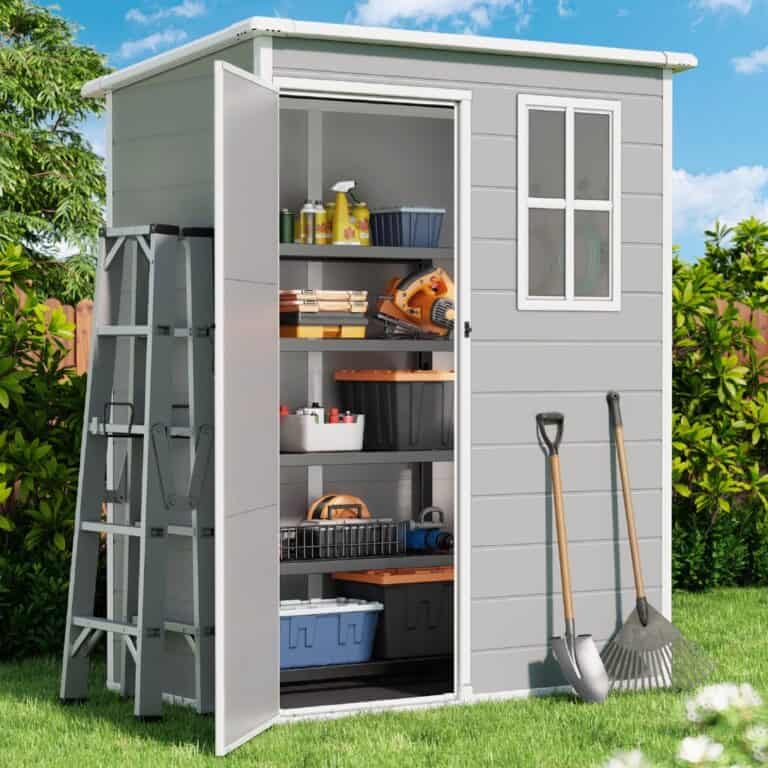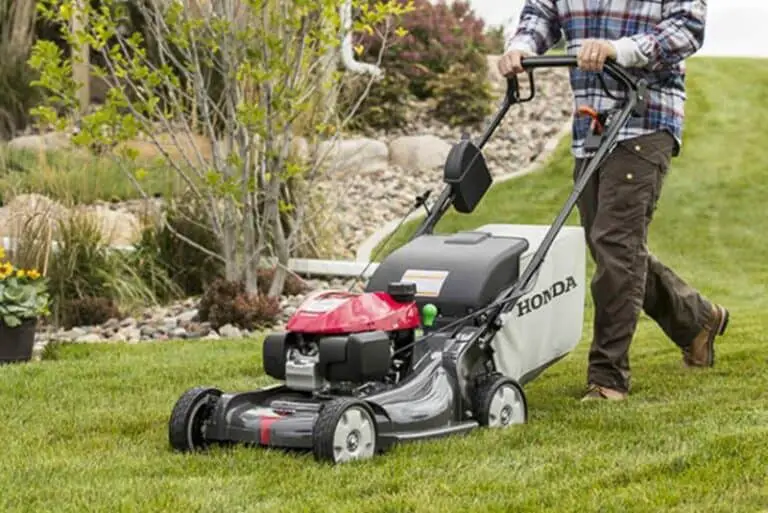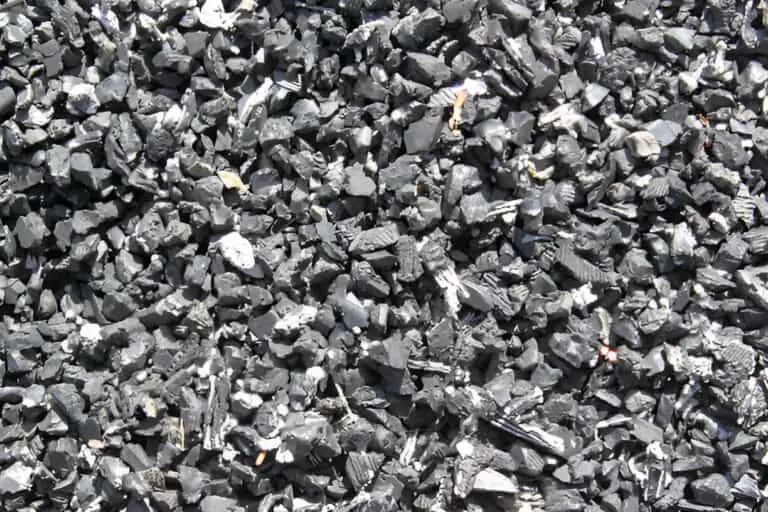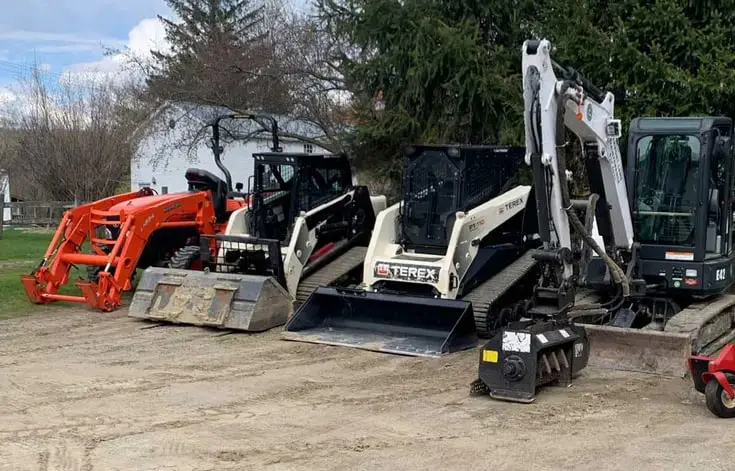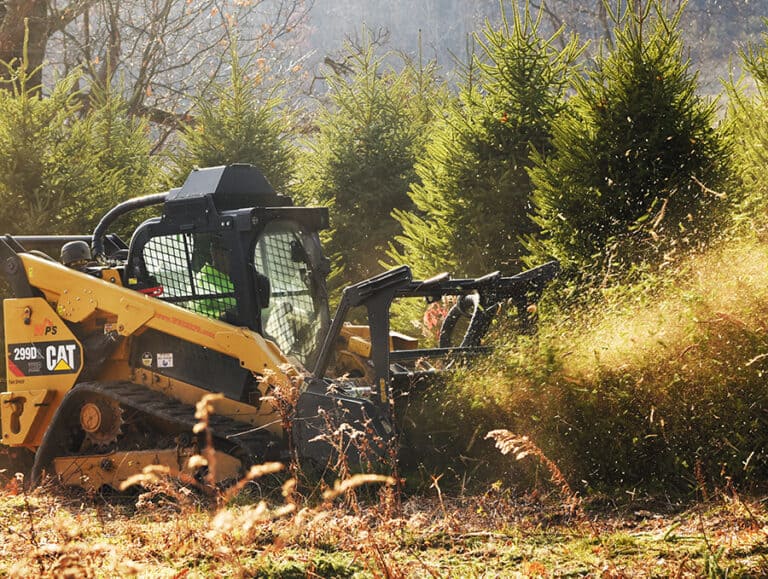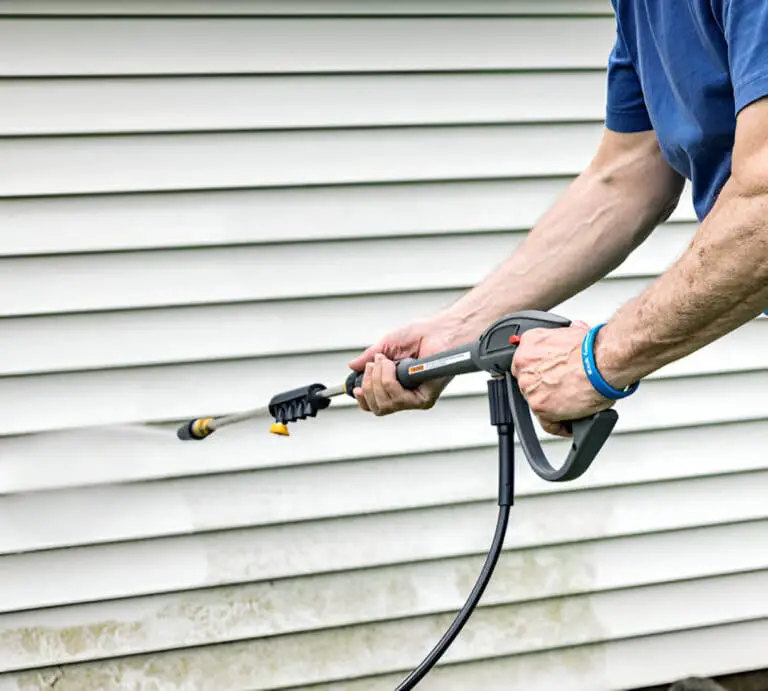How High Should a Backyard Shed Off the Ground?
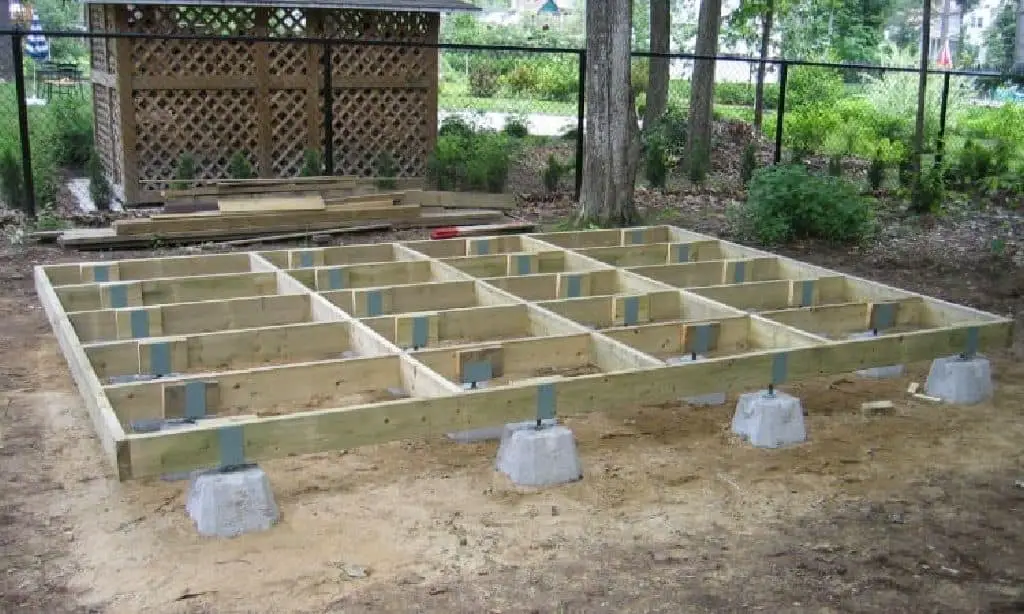
A backyard shed is more than just four walls and a roof—it’s a workhorse, a sanctuary, and sometimes, a monument to our DIY prowess. Whether you’re storing garden tools, stacking firewood, or setting up a makeshift workshop, one question often gets overlooked: how high should your shed be off the ground?
The answer isn’t one-size-fits-all. The ideal height depends on your climate, foundation type, and intended use. Let’s break it down so you can build a shed that stands the test of time.
Why Shed Elevation Matters
Keeping your shed raised off the ground isn’t just about aesthetics. It’s about longevity, protection, and functionality. Here’s why elevation is crucial:
- Moisture Control: Direct ground contact invites rot, mold, and rust.
- Pest Prevention: Raising the shed discourages critters like mice, termites, and snakes from moving in.
- Air Circulation: A gap beneath the shed improves airflow, preventing dampness.
- Foundation Stability: Elevation helps prevent shifting due to frost heave or heavy rain.
Now that we know why, let’s tackle how high your shed should be.
Choosing the Right Shed Materials for Elevation
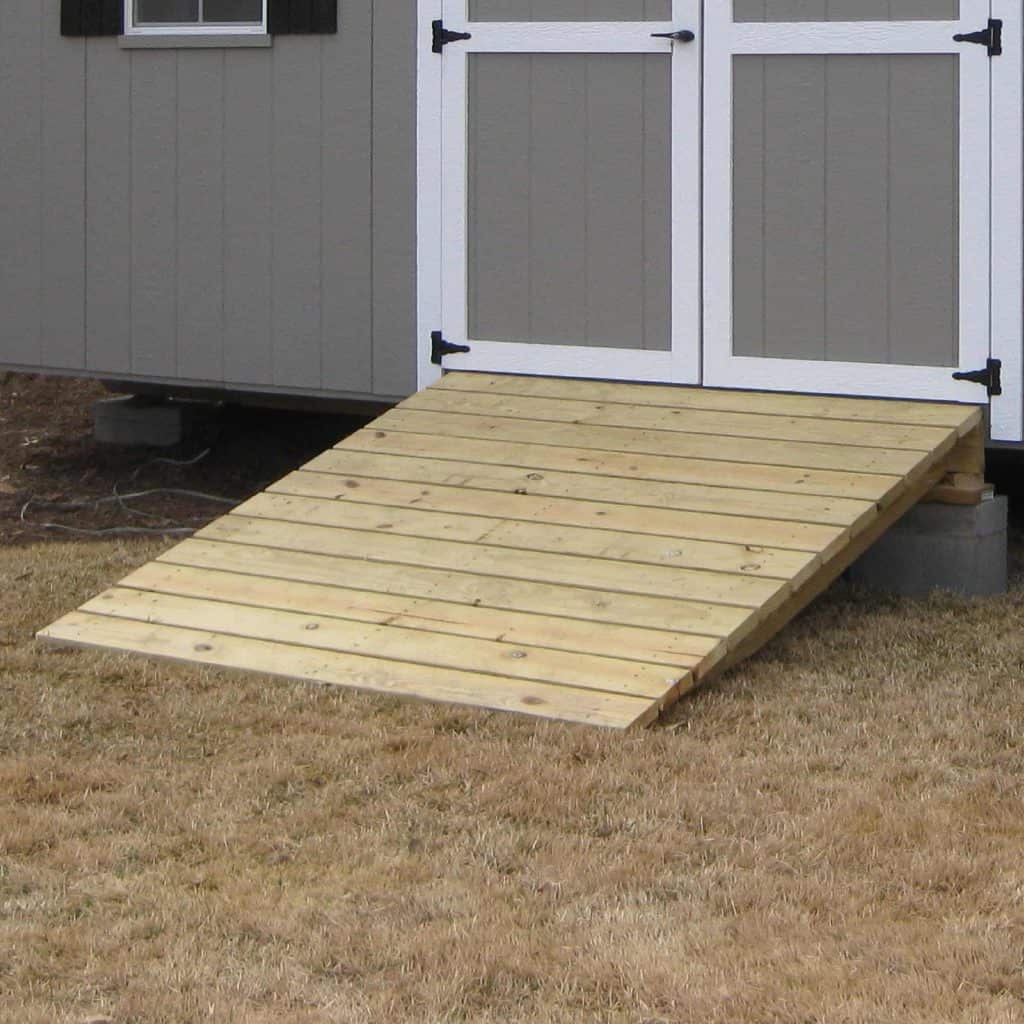
Selecting the right foundation materials is crucial for keeping your shed stable, dry, and long-lasting. The elevation method you choose depends on factors like soil type, climate, and shed size. A well-built foundation prevents moisture buildup, improves airflow, and protects against pests.
Common Shed Foundation Materials
| Material | Pros | Cons |
| Concrete Blocks | Affordable, easy to install, great for small sheds | May shift over time, requires a level surface |
| Concrete Piers | Strong support, ideal for uneven ground, prevents water damage | More labor-intensive, higher cost |
| Pressure-Treated Wood | Budget-friendly, simple to work with, good for temporary sheds | Can decay over time if not sealed properly |
| Gravel Pad | Excellent drainage, easy to level, supports weight well | Requires a border to keep in place, needs occasional maintenance |
Tips for Choosing Durable Materials
- Consider your climate: In wet areas, avoid wood-only foundations that may rot.
- Think about long-term maintenance: Concrete lasts longer but costs more upfront.
- Ensure proper drainage: Gravel and piers help prevent water damage and sinking.
The right materials will keep your shed elevated, sturdy, and weather-resistant for years to come!
| Check out: How Long Do Lifetime Sheds Really Last? |
Recommended Shed Heights Based on Foundation Type
The ideal height varies depending on your foundation choice. Here’s a handy table:
| Foundation Type | Recommended Clearance | Best For |
| Concrete Slab | 2-4 inches | Permanent, heavy-duty sheds |
| Gravel Pad | 4-6 inches | Good drainage, easy to install |
| Concrete Blocks | 6-12 inches | Uneven ground, budget-friendly |
| Skid/Foundation Beams | 12-18 inches | High moisture areas, movable sheds |
| Piers/Sonotubes | 12-24 inches | Extreme weather areas, heavy snowfall |
Each foundation type comes with pros and cons. The key is balancing stability with practicality.
Factors That Influence Shed Height
Before you grab your level and start stacking blocks, consider these factors:
1. Climate and Drainage
If you live in a rain-heavy region or somewhere prone to flooding, keeping your shed at least 12 inches off the ground helps prevent water damage. In drier climates, 4-6 inches may suffice.
2. Shed Purpose
- Storage shed? A few inches may be fine.
- Workshop? You’ll want extra clearance for ventilation.
- Chicken coop or animal shelter? Go higher to keep them dry and safe from predators.
3. Pest Control
A shed that sits too low invites rodents and insects. At a minimum, aim for 6 inches of clearance to deter unwanted guests.
4. Local Building Codes
Some areas have restrictions on shed height, including how far it must be off the ground. Check with your local zoning office before breaking ground.
Pros and Cons of Raising Your Shed Higher
Thinking about going extra high? Weigh the benefits and drawbacks first:
Pros:
✔ Keeps the shed dry and rot-free
✔ Prevents pest infestations
✔ Improves air circulation
✔ Easier to level on uneven ground
Cons:
✘ Requires a sturdy support structure
✘ Can be harder to access without a ramp or steps
✘ High winds may affect stability
Pro Tips for Elevating Your Shed Correctly
- Use Pressure-Treated Lumber – If you’re using skids or beams, opt for pressure-treated wood to prevent rot.
- Ensure a Level Base – A tilted shed means trouble. Use a level and tamper down your base properly.
- Add Ventilation Screens – If your shed is raised high, cover gaps with wire mesh to block pests while maintaining airflow.
- Build a Ramp or Steps – If your shed is more than 8 inches off the ground, consider adding a ramp for easy access.
The Bottom Line
The sweet spot for most backyard sheds? 6 to 12 inches of clearance. But depending on your foundation and climate, you may need to go higher. A well-planned elevation keeps your shed dry, pest-free, and rock-solid for years to come.
So before you start building, grab a measuring tape and think about what your shed truly needs. Get the height right, and you won’t just have a shed—you’ll have a fortress of backyard efficiency.

